How to craft the Perfect Mood Tape: Insights for Filmmakers, Advertisers, and Designers.
Mood tapes, also known as Mood Reels, are a valuable tool for assembling a collection of video clips that effectively convey a specific mood or tone for your project. Whether you’re a filmmaker, advertiser, or designer, a Mood tape or Mood Reel serves as a compelling visual representation of your creative vision. It enables you to communicate the desired aesthetic or atmosphere to clients, collaborators, or your team, making it an invaluable asset during the initial stages of a project. By carefully selecting clips that evoke the intended mood, a Mood tape becomes a persuasive tool, helping others understand and connect with your ideas on a deeper level. So, if you want to effectively convey your creative vision and convince others that your ideas are worth pursuing, let’s explore how to create your own captivating Mood Tape !
1. Defining the Tone and Purpose of Your Project
Before diving into the creation of your Mood Tape, it is crucial to define the tone and purpose of your project. This step serves as the foundation for selecting the right video clips and setting the mood you wish to convey. Ask yourself what emotions, atmosphere, or message you want to evoke in your audience. Is your project meant to be inspiring, suspenseful, joyful, or introspective? Understanding the core essence of your project will guide your decision-making process when selecting videos and music later on. Before selecting your video clips, you can make a moodboard with images to have a preview of your idea.
When defining the purpose of your project, consider its intended audience and the goals you aim to achieve. Are you creating a Mood Tape to pitch an advertising campaign, showcase your filmmaking skills, or present a design concept? Clarifying the purpose will help you align your creative choices with the desired outcome and ensure that your Mood Tape effectively communicates your vision.
Remember, the tone and purpose of your project should be consistent throughout the Mood Tape, so it’s crucial to have a clear understanding of these elements before moving forward.
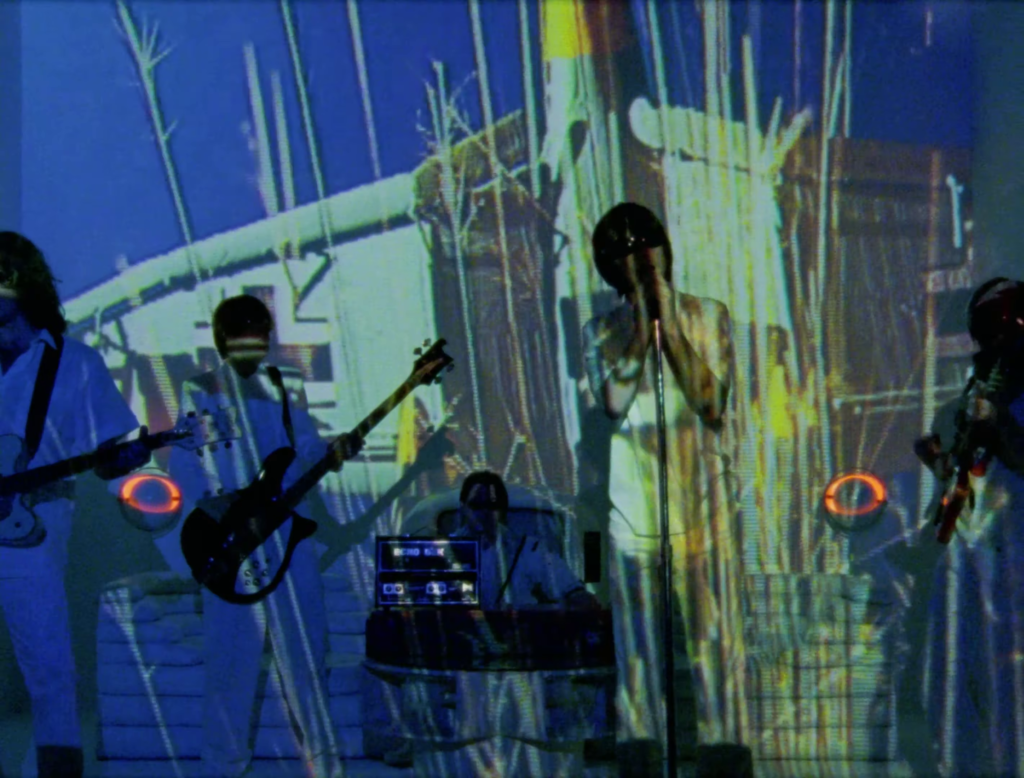
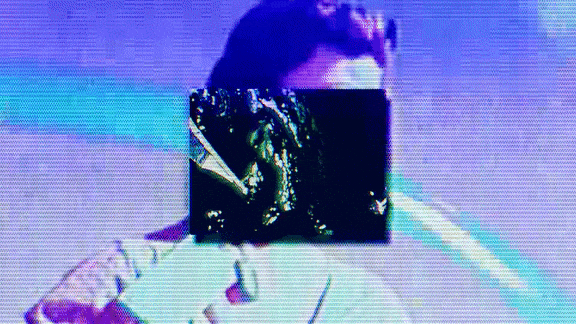
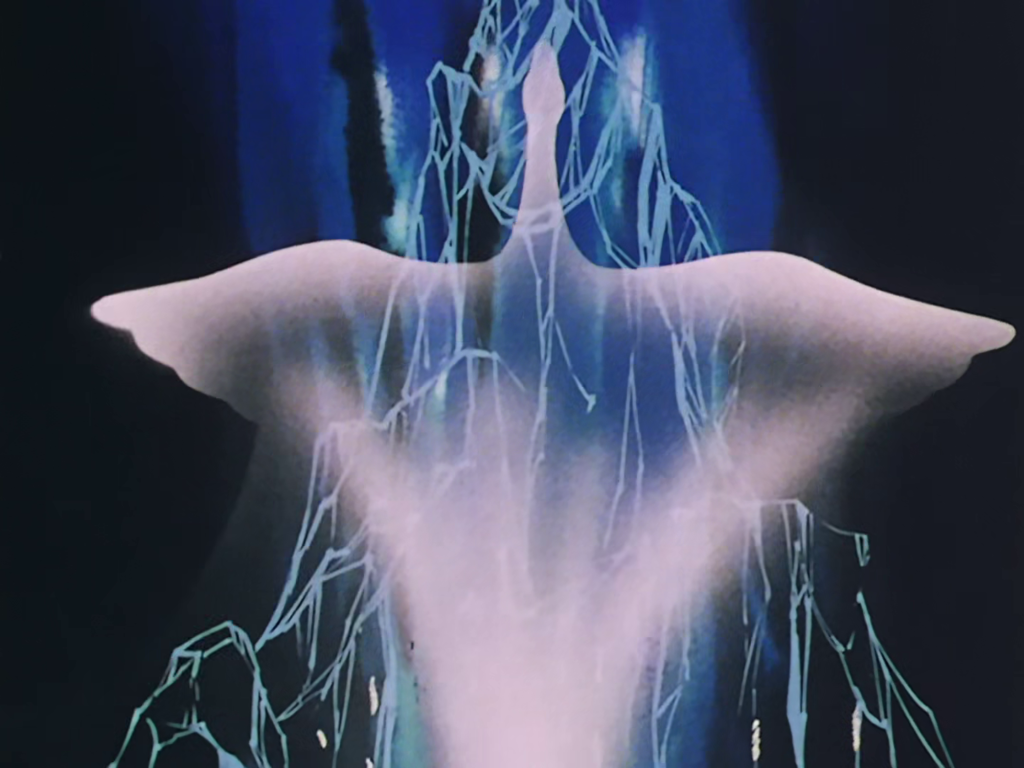
2. Selecting the Best Videos Clips
To begin the process of creating your Mood Tape, it’s important to select a reliable and high-quality source of videos. The internet offers a plethora of video databases, and our blog delves into top options such as the well-known Shutterstock, Adobe Stock, Pexels, and Pixabay. Additionally, there are emerging platforms like Flim.ai that deserve attention. These platforms offer unique and original content, setting them apart from other databases.
Flim.ai is an excellent platform that offers curated video extracts, or ‘Video Cuts,’ from advertisements and music videos. With their extensive and distinctive database, curated by professional iconographers, you can quickly and easily create your Mood tape. Their AI-powered search system also allows you to find inspiration by linking your search to images or videos with a similar mood, saving you valuable time during the creative process.
Frames Dealer provides an extensive range of top-notch footage, including commercially unused shots from skilled filmmakers and cinematographers worldwide. This user-friendly platform offers a comprehensive suite of collaborative tools, including color filters, calibration options, and reframing features for different screen applications. One notable feature of Frames Dealer is its AI-driven tool, curated by creative editorialists, ensuring precise matches that align with your creative journey and infuse a distinctive emotional quality into your content.
In addition to these platforms, you also have the option to use your own footage or shoot new footage to personalize your moodtapes and give them a unique touch.
3. Making a Cohesive Mood Tape
When selecting the video clips for your Mood Tape, it’s essential to curate a collection that seamlessly blends together to create a cohesive visual experience. Here are some tips to help you choose the best video clips that maintain a consistent aesthetic or color grading:
- Consistent Aesthetic: Choose videos that align with your desired style and visual aesthetic. Consider factors such as lighting, composition, framing, and camera movement to ensure a harmonious flow.
- Color Grading: Pay attention to the color grading or palette of the clips. Select videos with a similar color scheme or those that can be easily adjusted to match the desired look. Consistent color grading enhances the overall mood of your Mood Tape.
- Seamless Transitions: Aim for smooth transitions between clips to maintain a seamless flow. Look for complementary movements, angles, or themes to avoid abrupt changes that may disrupt the intended mood.
- Storytelling Elements: Select video clips that contribute to the narrative or evoke the desired emotions. Each clip should have a purpose and add value to the overall message of your Mood Tape.
- Variety and Contrast: While maintaining consistency, incorporate elements of contrast and variety to add visual interest. Introduce different perspectives, textures, or moods that complement the overall tone without creating a jarring effect.
4. Choosing the Perfect Music
Once you have selected the appropriate video clips, the next step is to choose the perfect music to enhance the mood and atmosphere you wish to convey. Music has the ability to evoke emotions, intensify certain scenes, and create a cohesive audio-visual experience. When selecting music, consider the tempo, instrumentation, and overall feel that aligns with the tone of your project. It’s important to ensure that the music you choose complements the visuals and enhances the intended mood, rather than distracting from it.
To find suitable music, you can explore royalty-free music libraries or licensing platforms that offer a wide range of tracks to fit different genres and moods. Pay attention to the licensing agreements to ensure that you have the appropriate rights to use the music in your Mood Tape.
5. Making a Compelling Edit with Video Editing Tools
With your selected video clips and music at hand, it’s time to bring everything together and craft a compelling edit for your Mood Tape. Start by organizing your clips in a logical sequence that flows smoothly and tells a cohesive story or conveys the desired mood. Consider the pacing, transitions, and timing to create a visually engaging experience for your audience.
Utilize video editing software that suits your needs. Depending on your skills and the software you utilize, you can experiment with different effects, color grading, and visual enhancements to further enhance the desired mood of your Mood Tape.
Professionals, amateurs or beginners, here are some tools you could use:
- Adobe Premiere Pro: This software is widely used by professionals in the film and video industry. It offers a wide range of features including advanced color grading, motion graphics, and audio editing tools. The interface can be a little bit complex to understand at first, but is very complete and allows you to easily import and organize video clips, add transitions and effects, and adjust the timing and pacing of your Moodtape. It also supports a range of file formats and resolutions, making it a versatile tool for creating Moodtapes.
- Final Cut Pro: A favorite among Mac users, this software boasts advanced video and audio editing tools. Its interface is user-friendly and supports diverse file formats, ensuring high-quality Mood Tapes.
- iMovie: Ideal for Apple device users, especially those new to video editing. While it has a more basic set of features, it’s versatile enough to craft compelling Mood Tapes.
- Filmora: Available for both Windows and Mac, it offers a balanced set of editing tools, including effects, filters, and transitions. Its built-in templates can speed up the creation process.
- Adobe Premiere Rush: Designed for swift Mood Tape creation, this app, available for both mobile and desktop, includes basic video editing tools and a selection of audio tracks and effects.
Remember, the right tool not only depends on your project’s requirements but also on your familiarity with the software.
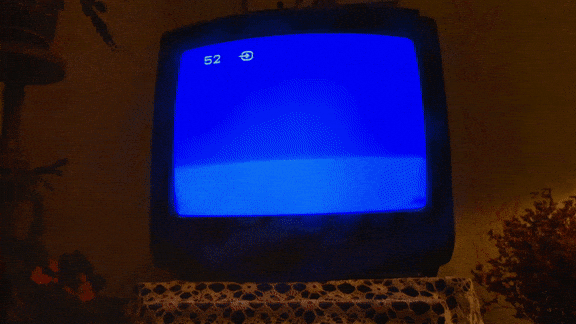


Mood tapes are powerful tools for effectively conveying a specific mood or tone in your creative projects. They serve as compelling visual representations of your ideas, helping you communicate your desired aesthetic or atmosphere to clients, collaborators, or your team. By carefully selecting video clips that evoke the intended mood, you can create a persuasive Mood tape that resonates with others on a deeper level.
So, whether you’re a filmmaker, advertiser, or designer, harness the power of Mood tapes to captivate your audience and bring your creative vision to life.
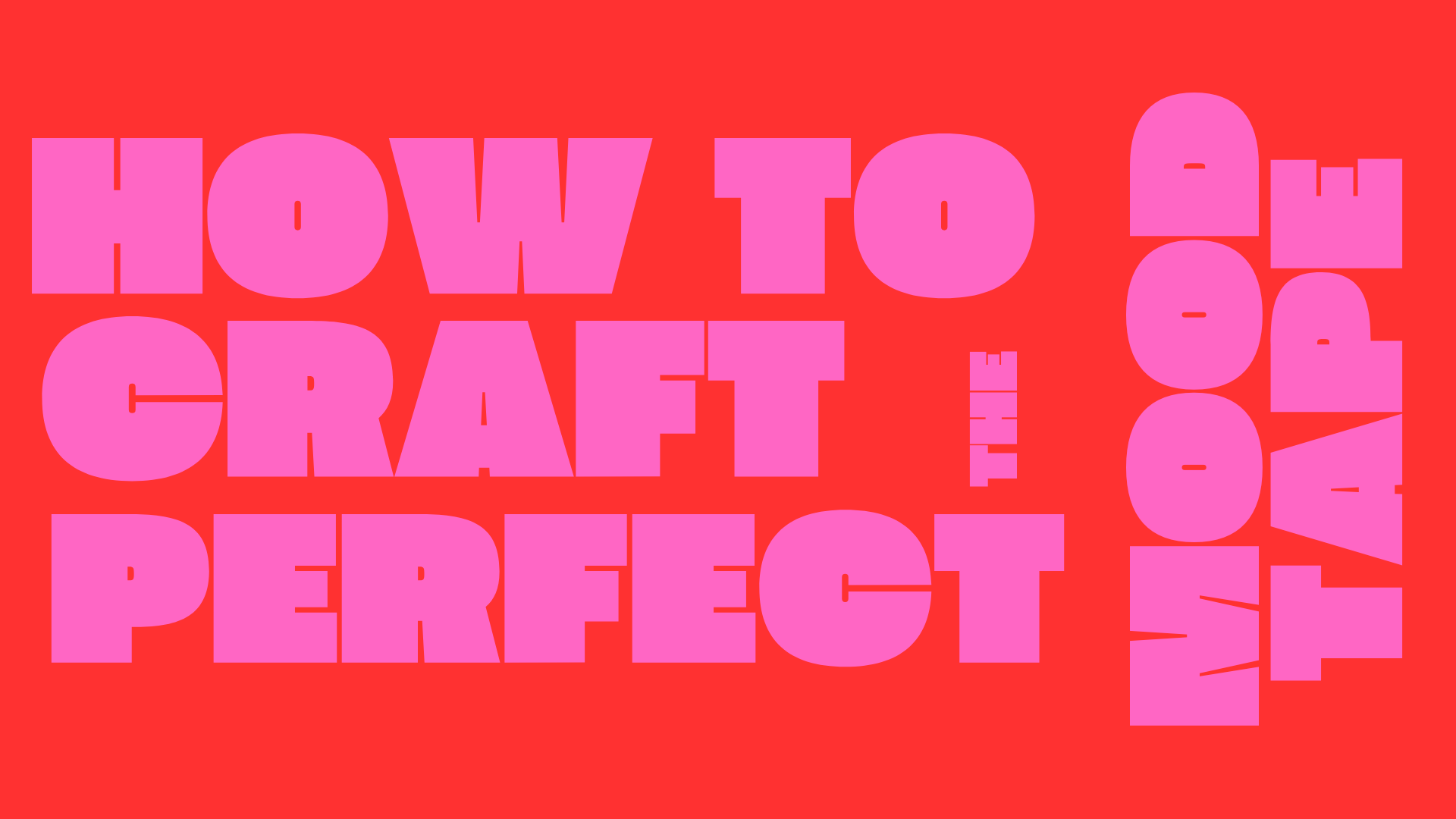
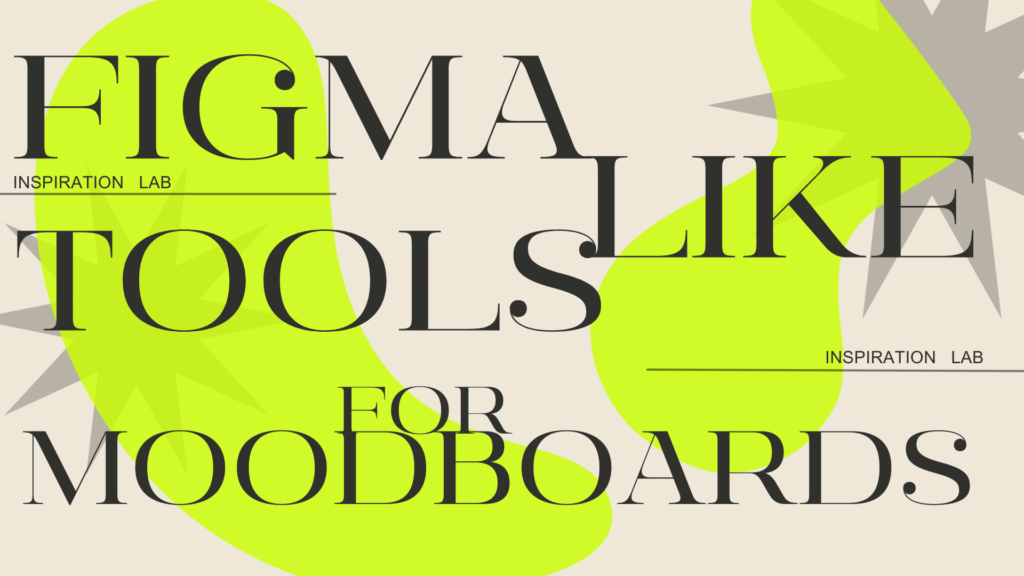

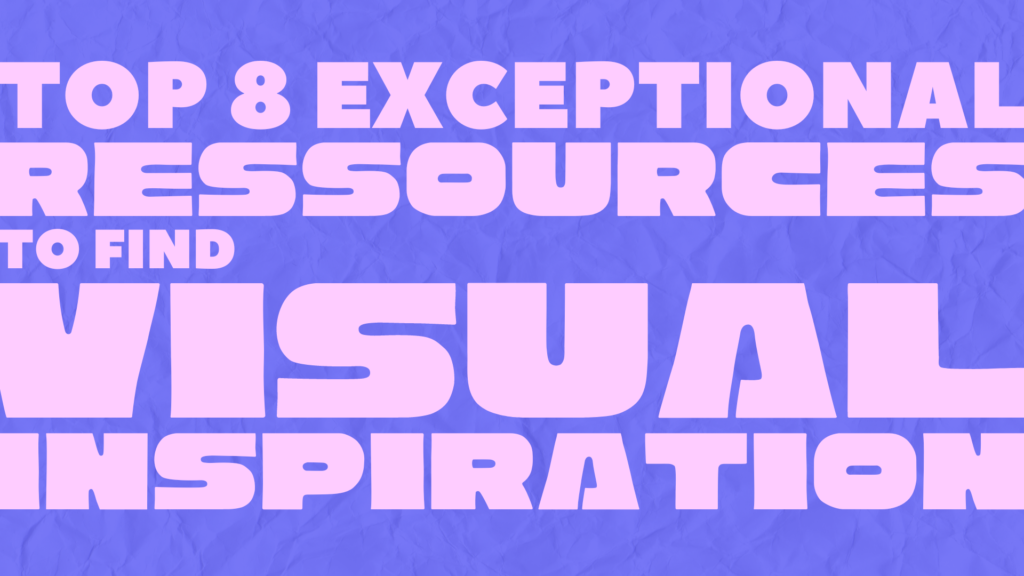
Your ability to convey complex ideas in such a simple way is truly a gift. Thank you for this great post!